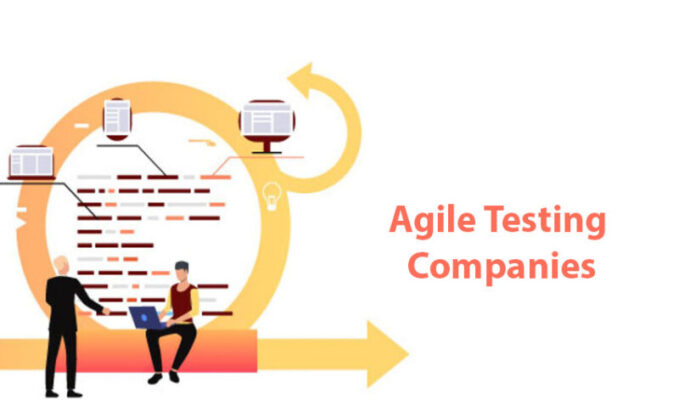Functional Testing solutions are considered as the core part of QA and Test management. But with the gradual revolution in the IT Industry, the QA teams have begun to consider Functional Testing only a subset of software testing.
Every passing day brings a new app or web page in the market and people don’t find it hard to shift from their favorite application to another one. No denying, it’s all about user experience and smooth functionality of a software application at the end.
QA can’t be managed without the worthy involvement of a functional tester since functional testing is a forte of QA management. A functional tester performs tests that hold great significance as they directly correspond with the business requirement.
The test data identifies a specific input (requirements expected to be fulfilled) in the result of which a set of strategies is conducted to extract the required output (the fulfilled requirements). In the end, the results are calculated and a product is formed that meets the functional requirements. This is how the durability and performance quality of an application is judged.
In simple words, functional testing companies are essential to improve product quality.
Though, it would be unnecessary to say that this testing technique is outdated when it is still assisting in catching those bugs left unidentified in the code reviews.
For flawless functional testing, every company must know the following test types to efficiently practice the testing process:
1. Function-based Testing/ Unit Testing
It can be referred to as the most important, yet the easiest test type of functional testing in which every step and portion of the test case is monitored separately. For instance, you can take a data set and put its values both legally and illegally just to identify its individual effect on the entire test case.
2. Integration Testing
Opposite to unit testing, integration testing type focuses on multitude of units of software and assesses them in a way to know if they are interacting together just according to the functional requirements.
3. Smoke Testing
It involves initial testing of a software’s chief units to assure if the product does not have any alarming errors undercover. Smoke test type indicates the density of rising smoke (threat) in the test case that covers an unstoppable fire (ample errors) under the hood.
4. Regression Testing
Regression testing has a very strong role throughout the testing cycle. It works to detect any functional changes occurred after bug fixings or quality enhancements. It is usually performed after the testers are done with defect management and executed any improvements in the product’s interface.
5. Sanity Testing
Sanity testing is based on very sane and deep future-related decisions about the product’s QA. It is a subset of regression testing that helps in making narrow and keen decisions after the bugs are detected. It provides a foresighted review of the changes to be made in a particular product, focused on saving save both time and money.
It is crucial not to abandon any old technique that still is a big help!. Wrapping it up, every QA engineer and software tester must opt for all the above-mentioned test types during a functional testing cycle.
Before running your test cases, make a list of these test types and don’t forget to practice these in order to achieve rapid and concrete test process.
Read Dive is a leading technology blog focusing on different domains like Blockchain, AI, Chatbot, Fintech, Health Tech, Software Development and Testing. For guest blogging, please feel free to contact at readdive@gmail.com.





